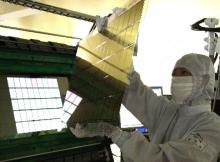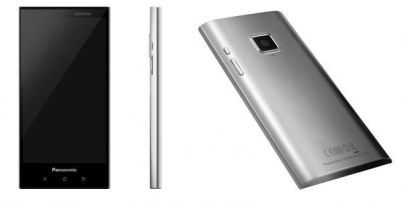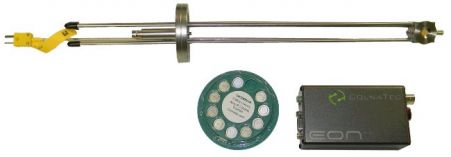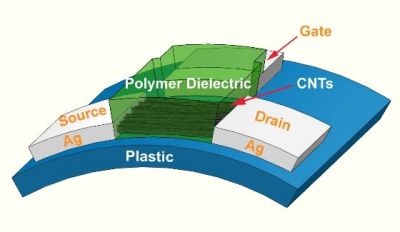The Galaxy Tab 7.7 is headed for Verizon with LTE
There are reports that Samsung's Super AMOLED plus packing Tab 7.7 is headed towards Verizon - and this particular model will support LTE. Last week we reported that an unlocked 3G model is now available fore pre-orders on Negri Electronics, for $668. We're not sure if all these reports are real, but the tablet sure is coming soon (it did arrive in the FCC for testing and approval weeks ago).

The Galaxy Tab 7.7 is the world's first tablet with an OLED display, a 7.7" Super AMOLED Plus panel, offering 1280x800 resolution. Other specs include Android v3.2, Dual-core 1.4 Ghz processor, HSPA+ radio, 16GB to 64GB internal storage and a microSD slot, Wi-Fi, GPS and two cameras (3MP and 2MP).









